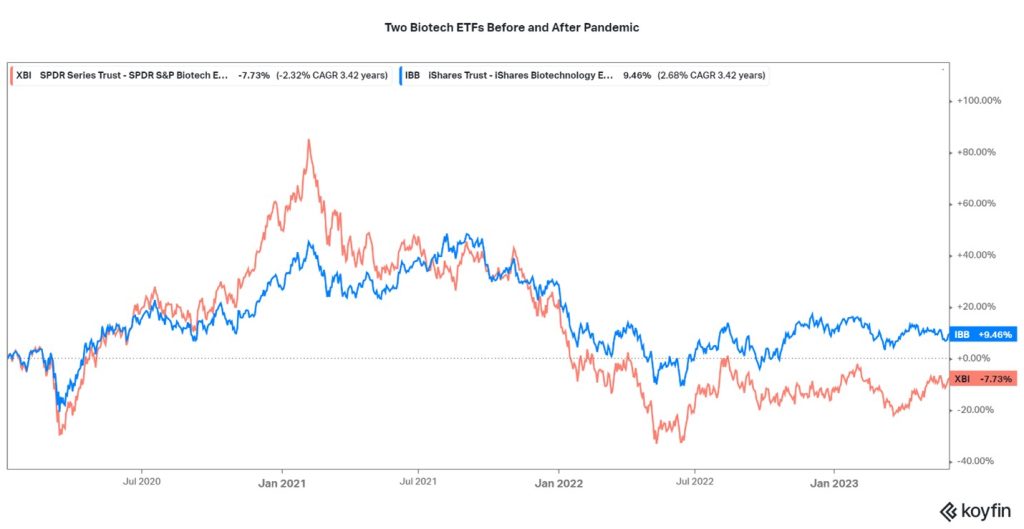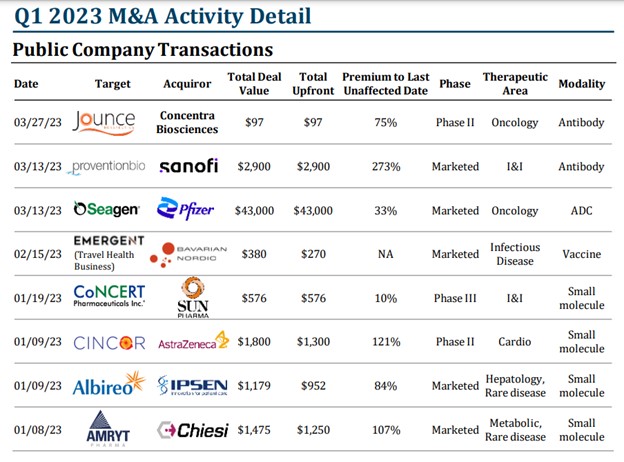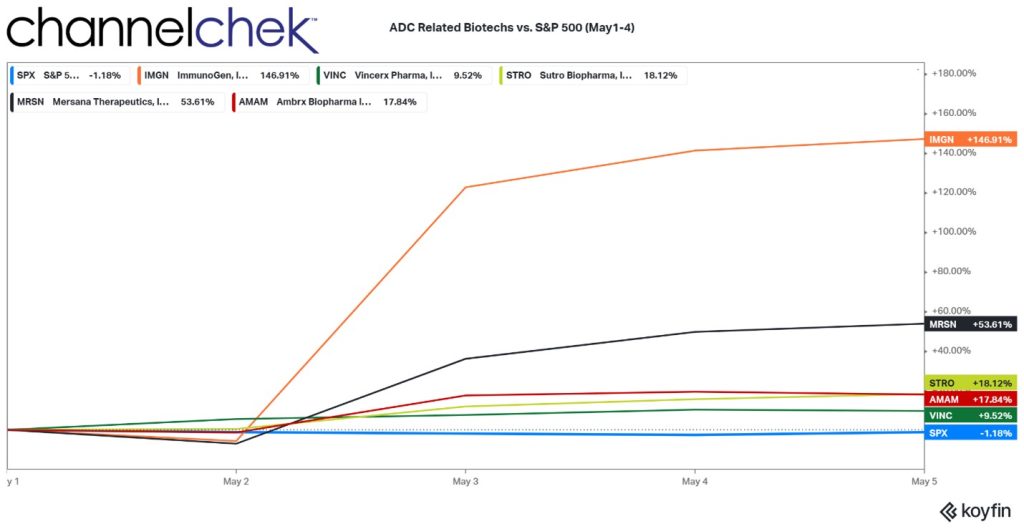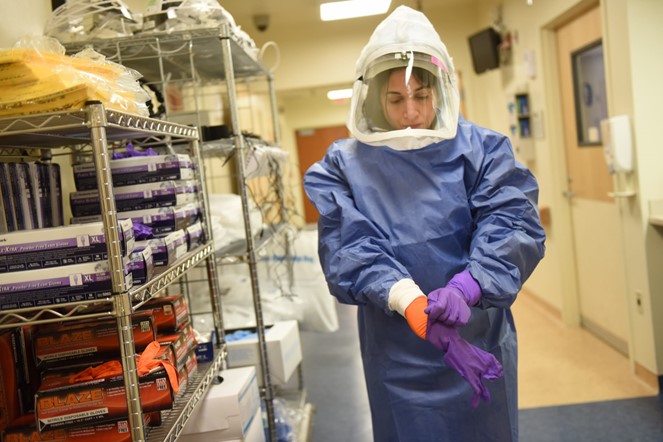
Research News and Market Data on PDSB
PDS Biotech Announces Data from IMMUNOCERV Phase 2 Trial Investigating PDS0101 and Chemoradiotherapy in Cervical Cancer to be Featured in Oral Presentation at the ASTRO 2023 Annual Meeting
Study evaluates the effect of combining PDS0101 with standard of care on levels of circulating HPV viral DNA in cervical cancer patients and impact on disease status and clearance
PRINCETON, N.J., Aug. 16, 2023 (GLOBE NEWSWIRE) — PDS Biotechnology Corporation (Nasdaq: PDSB) (PDS Biotech or the Company), a clinical-stage immunotherapy company developing a growing pipeline of targeted cancer immunotherapies and infectious disease vaccines based on the Company’s proprietary T cell activating platforms, today announced that data from the IMMUNOCERV Phase 2 clinical trial investigating PDS0101 in combination with standard-of-care chemoradiotherapy (CRT) for the treatment of locally advanced cervical cancer will be featured in an oral presentation at the American Society for Radiation Oncology (ASTRO 2023) Annual Meeting. ASTRO 2023 is being held October 1-4, 2023, in San Diego, CA.
The abstract, titled “HPV Circulating Cell-Free DNA Kinetics in Cervical Cancer Patients Undergoing Definitive Chemoradiation,” will report on the levels of circulating HPV-positive cell-free DNA (HPV-cfDNA) in the blood of 47 cervical cancer patients during and after CRT treatment, including subjects in the IMMUNOCERV study who received PDS0101 in addition to CRT. The research is designed to evaluate the relationship between the levels of circulating HPV viral DNA and the extent of disease, clinical staging, and treatment response in patients with HPV-positive cervical cancer. The findings will be presented by Dr. Aaron Seo, MD, Ph.D., The University of Texas MD Anderson Cancer Center.
“We are pleased that PDS0101 is being evaluated in this cutting-edge approach to better understand the patients’ prognosis and the mechanism by which PDS0101 may impact clinical outcomes in cervical cancer, and we look forward to Dr. Seo’s presentation at ASTRO 2023,” stated Dr. Lauren V. Wood, Chief Medical Officer of PDS Biotech. “Examination of HPV-cfDNA in this larger cohort of patients will also provide additional insights to the IMMUNOCERV data presented at SITC 2022, which suggested that PDS0101 promotes the induction of multifunctional CD8 killer T cells that were associated with declines in circulating tumor DNA and 100% (9/9) clinical response with greater than 60% tumor shrinkage at mid-point evaluation in high-risk cervical cancer patients.”
The IMMUNOCERV Phase 2 study is investigating PDS0101 in combination with standard-of-care CRT in the treatment of patients with large tumors over 5 cm in size and/or cancer that has spread to the lymph nodes.
Presentation Details:
Abstract #: 55593
Abstract Title: HPV Circulating Cell-Free DNA Kinetics in Cervical Cancer Patients Undergoing Definitive Chemoradiation
Presenter: Aaron Seo
Author Block: Aaron Seo, Weihong Xiao, Olsi Gjyshi, Kyoko Court, Tatiana Cisneros Napravnik, Aradhana Venkatesan, Erica Lynn, Julie Sammouri, Lauren Colbert, Anuja Jhingran, Melissa Joyner, Lilie Lin, Maura Gillison, Ann Klopp
Scientific Session Number: SS 02
Scientific Session Title: GYN 1: Integrating the Next Wave of Biomarkers for Future Gynecologic Clinical Trials
Session Date/Time: October 1, 8:00AM-9:00AM
About PDS Biotechnology
PDS Biotech is a clinical-stage immunotherapy company developing a growing pipeline of targeted cancer and infectious disease immunotherapies based on our proprietary Versamune®, Versamune® plus PDS0301, and Infectimune® T cell-activating platforms. We believe our targeted immunotherapies have the potential to overcome the limitations of current immunotherapy approaches through the activation of the right type, quantity and potency of T cells. To date, our lead Versamune® clinical candidate, PDS0101, has demonstrated the ability to reduce and shrink tumors and stabilize disease in combination with approved and investigational therapeutics in patients with a broad range of HPV16-associated cancers in multiple Phase 2 clinical trials and will be advancing into a Phase 3 clinical trial in combination with KEYTRUDA® for the treatment of recurrent/metastatic HPV16-positive head and neck cancer in 2023. Our Infectimune® based vaccines have also demonstrated the potential to induce not only robust and durable neutralizing antibody responses, but also powerful T cell responses, including long-lasting memory T cell responses in pre-clinical studies to date. To learn more, please visit www.pdsbiotech.com or follow us on Twitter at @PDSBiotech.
About Versamune®
Versamune® is a novel investigational T cell activating platform which effectively stimulates a precise immune system response to a cancer-specific protein. Versamune® based investigational immunotherapies promote a potent targeted T cell attack against cancers expressing the protein. They are given by subcutaneous injection and can be combined with standard of care treatments. Clinical data suggest that Versamune® based investigational immunotherapies, such as PDS0101, demonstrate meaningful disease control by reducing and shrinking tumors, delaying disease progression and/or prolonging survival. Versamune® based immunotherapies have demonstrated minimal toxicity to date that may allow them to be safely combined with other treatments. We believe Versamune® based investigational immunotherapies represent a transformative treatment approach for cancer patients to provide improved efficacy, safety and tolerability.
About PDS0101
PDS0101, PDS Biotech’s lead candidate, is a novel investigational human papillomavirus (HPV)-targeted immunotherapy that stimulates a potent targeted T cell attack against HPV-positive cancers. PDS0101 is given by subcutaneous injection alone or in combination with other immunotherapies and cancer treatments. In a Phase 1 study of PDS0101 in monotherapy, the treatment demonstrated the ability to generate multifunctional HPV16-targeted CD8 and CD4 T cells with minimal toxicity. Interim data suggests PDS0101 generates clinically effective immune responses, and the combination of PDS0101 with other treatments can demonstrate significant disease control by reducing or shrinking tumors, delaying disease progression and/or prolonging survival. The combination of PDS0101 with other treatments does not appear to compound the toxicity of other agents.
Forward Looking Statements
This communication contains forward-looking statements (including within the meaning of Section 21E of the United States Securities Exchange Act of 1934, as amended, and Section 27A of the United States Securities Act of 1933, as amended) concerning PDS Biotechnology Corporation (the “Company”) and other matters. These statements may discuss goals, intentions and expectations as to future plans, trends, events, results of operations or financial condition, or otherwise, based on current beliefs of the Company’s management, as well as assumptions made by, and information currently available to, management. Forward-looking statements generally include statements that are predictive in nature and depend upon or refer to future events or conditions, and include words such as “may,” “will,” “should,” “would,” “expect,” “anticipate,” “plan,” “likely,” “believe,” “estimate,” “project,” “intend,” “forecast,” “guidance”, “outlook” and other similar expressions among others. Forward-looking statements are based on current beliefs and assumptions that are subject to risks and uncertainties and are not guarantees of future performance. Actual results could differ materially from those contained in any forward-looking statement as a result of various factors, including, without limitation: the Company’s ability to protect its intellectual property rights; the Company’s anticipated capital requirements, including the Company’s anticipated cash runway and the Company’s current expectations regarding its plans for future equity financings; the Company’s dependence on additional financing to fund its operations and complete the development and commercialization of its product candidates, and the risks that raising such additional capital may restrict the Company’s operations or require the Company to relinquish rights to the Company’s technologies or product candidates; the Company’s limited operating history in the Company’s current line of business, which makes it difficult to evaluate the Company’s prospects, the Company’s business plan or the likelihood of the Company’s successful implementation of such business plan; the timing for the Company or its partners to initiate the planned clinical trials for PDS0101, PDS0203 and other Versamune® and Infectimune® based product candidates; the future success of such trials; the successful implementation of the Company’s research and development programs and collaborations, including any collaboration studies concerning PDS0101, PDS0203 and other Versamune® and Infectimune® based product candidates and the Company’s interpretation of the results and findings of such programs and collaborations and whether such results are sufficient to support the future success of the Company’s product candidates; the success, timing and cost of the Company’s ongoing clinical trials and anticipated clinical trials for the Company’s current product candidates, including statements regarding the timing of initiation, pace of enrollment and completion of the trials (including the Company’s ability to fully fund its disclosed clinical trials, which assumes no material changes to the Company’s currently projected expenses), futility analyses, presentations at conferences and data reported in an abstract, and receipt of interim or preliminary results (including, without limitation, any preclinical results or data), which are not necessarily indicative of the final results of the Company’s ongoing clinical trials; any Company statements about its understanding of product candidates mechanisms of action and interpretation of preclinical and early clinical results from its clinical development programs and any collaboration studies; and other factors, including legislative, regulatory, political and economic developments not within the Company’s control. The foregoing review of important factors that could cause actual events to differ from expectations should not be construed as exhaustive and should be read in conjunction with statements that are included herein and elsewhere, including the other risks, uncertainties, and other factors described under “Risk Factors,” “Management’s Discussion and Analysis of Financial Condition and Results of Operations” and elsewhere in the documents we file with the U.S. Securities and Exchange Commission. The forward-looking statements are made only as of the date of this press release and, except as required by applicable law, the Company undertakes no obligation to revise or update any forward-looking statement, or to make any other forward-looking statements, whether as a result of new information, future events or otherwise.
Versamune® and Infectimune® are registered trademarks of PDS Biotechnology. KEYTRUDA® is a registered trademark of Merck Sharp and Dohme LLC, a subsidiary of Merck & Co., Inc., Rahway, N.J., USA.
Investor Contacts:
Deanne Randolph
PDS Biotech
Phone: +1 (908) 517-3613
Email: drandolph@pdsbiotech.com
Rich Cockrell
CG Capital
Phone: +1 (404) 736-3838
Email: pdsb@cg.capital
Media Contacts:
Dave Schemelia
Tiberend Strategic Advisors
Phone: +1 (609) 468-9325
Email: dschemelia@tiberend.com
Eric Reiss
Tiberend Strategic Advisors
Phone: +1 (802) 249-1136
Email: ereiss@tiberend.com




















